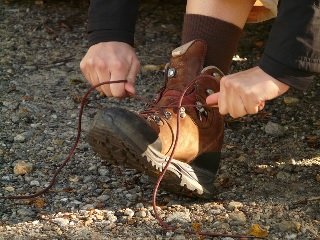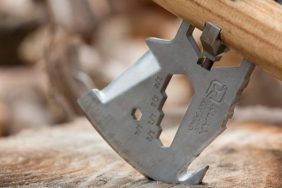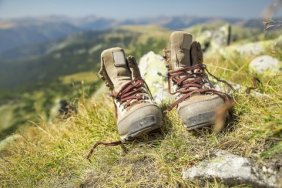
With spring moving in steadily, many people will be hitting the trails in an effort to walk off those winter pounds. One thing that can surely ruin even the most beautiful nature walk is sore feet due to blisters. Here are three things you can do for blister-free hiking.
1. Insure proper fit
Making sure you wear boots that fit properly is essential to your hiking comfort. Boots should provide enough support for your activities and any potential terrain that you may encounter. Also, when selecting your boot size, it’s important to wear the socks you’ll be using on the trail. Take the time to really shop around, read reviews, and find the best boots for your needs.
2. Break-in your boots
The worst thing you can do with a new pair of boots is tie them on and hit the trail. Many people do this, and end up paying the price later that day. Most boots require a sufficient break-in period, which allows them to conform to your foot and become more flexible. The exact amount of break-in time will depend on the boot. For instance, some stiffer leather models will require more walking to soften their uppers and conform to your individual foot, while some lightweight, soft leather boots may only require a couple of casual trips and some small hikes on level terrain to fully break-in.
3. Strong lacing
How you lace your boots will also play a role in blister prevention. To keep your feet from sliding inside your boots, secure your heel with good lacing. It’s important to keep the laces as snug as possible, but be careful not to lace them too tightly and risk bruising your feet. While lacing, if you discover an area where the laces put too much pressure on your foot, a good solution is to try skipping that particular eyelet, which will keep your laces from irritating a problem area. Another popular solution to this problem is to lace to the problem area, and then make several overhand knots. This secures the laces from this point downward and allows you to continue lacing to the tension that your upper foot or ankle desires, creating two zones of lacing to provide correct security and comfort your foot requires.








